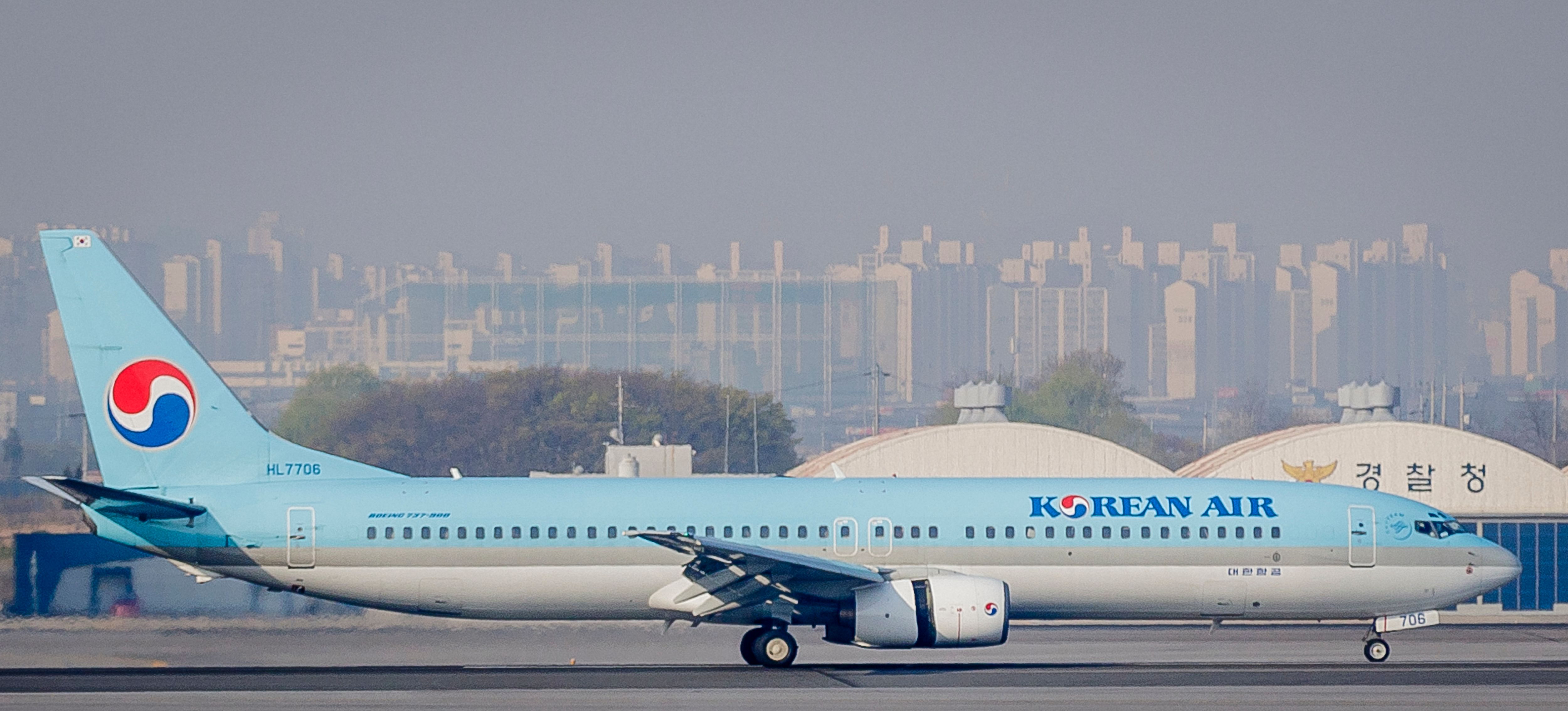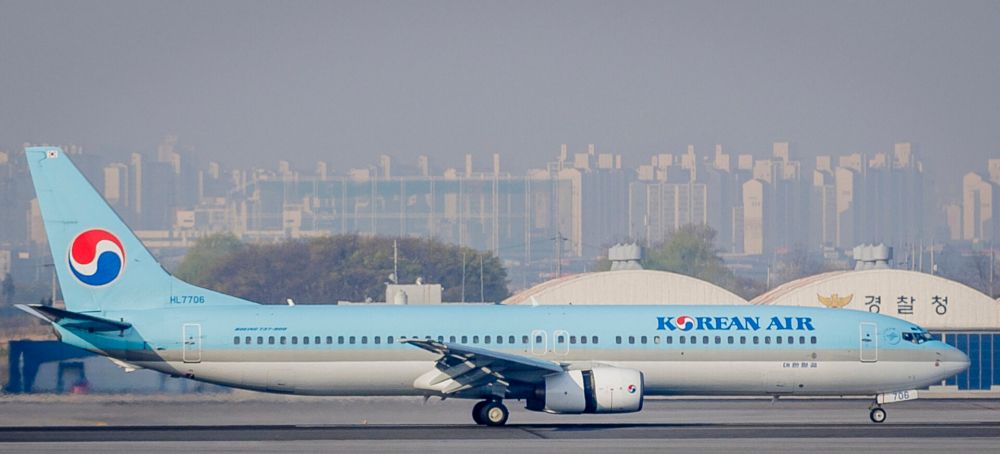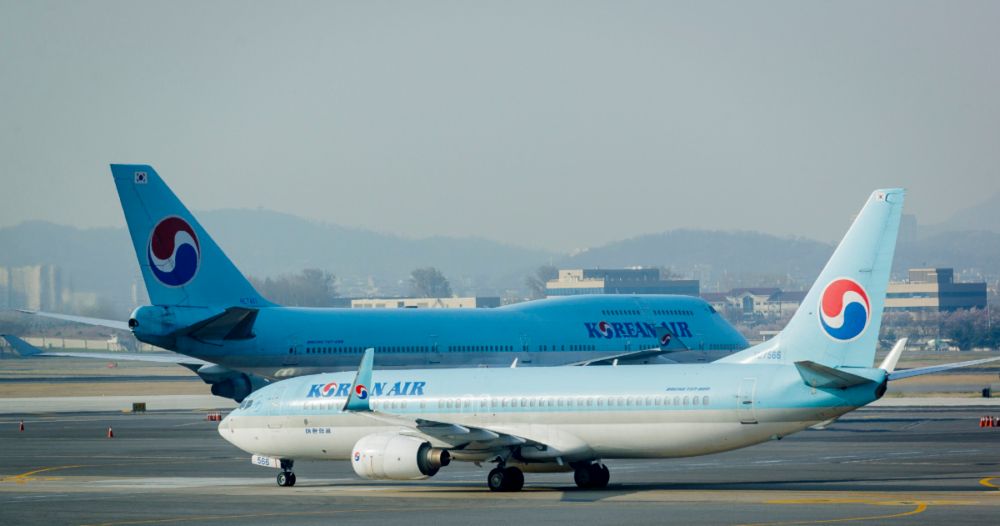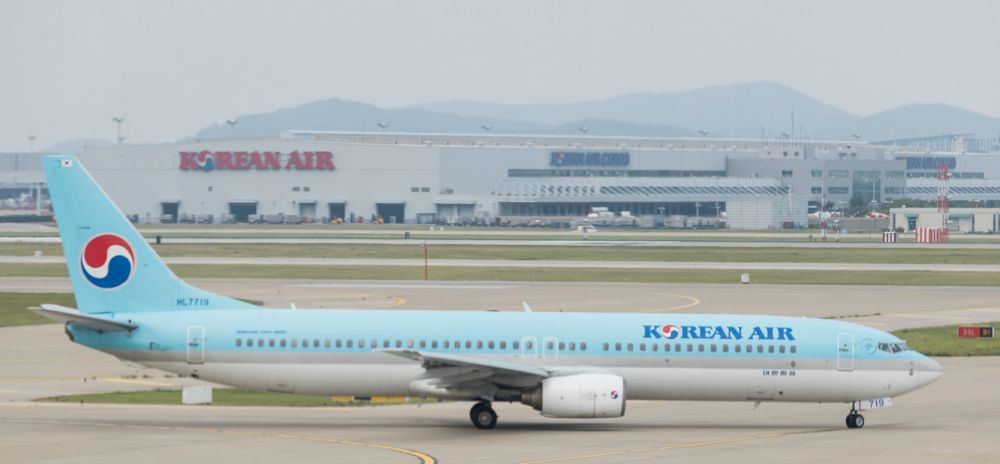Earlier this month, Simple Flying reported about the prospects of Korean Air's jump to AWS Cloud. There are considerable privacy, efficiency, and security benefits to be had with these technological progressions. These advantages extend across the operational spectrum, including on the world's busiest route.
From top to bottom
From ticket fares and route scheduling to food waste monitoring and fuel usage, AI and machine learning is overhauling internal and external airline operations. Korean Air highlights that it is able to look at every action, policy, and procedure from all departments with cloud computing. Subsequently, each department leader is able to talk the language and create products and services that cater to customer needs.
Several variables
One service that is utilizing AI and machine learning in the cloud environment is Korean Air’s route between Gimpo International and Jeju International. Last year, the were at least 85,880 flights between the two airports. This figure equates to approximately 235 flights a day.
The volcanic island of Jeju is a tourism hotspot, allowing it to earn the nickname of South Korea’s Hawaii. Notably, the area houses 660,000 residents but as many as 15 million travelers from across South Korea and beyond flock to the land to enjoy the warm weather and white sand beaches.
The island's positioning regularly sees it experience sensitive and disruptive weather conditions. Typhoons are a regular occurrence, especially in the summer months.
Stay informed: Sign up for our daily and weekly aviation news digests.
Better accuracy
So, despite being such a popular destination, there are plenty of risks involved. Therefore, carriers have to ensure that they are always effectively planning ahead. This process has essentially been manual for the most part. However, Korean Air highlights that modern technology has been a saving grace on its services to Jeju.
“Previously, we used to use Excel spreadsheets to understand if there would be a diversion. Gimpo-Jeju is the busiest route in the world and we had a lot of diversions because of the weather in Jeju. It is an island, and wind comes from every different angle, depending on the climate changes,” Korean Air CMO & CIO, Kenneth Chang told Simple Flying.
“Before, our control tower used to manually try to guess if there's going to be a diversion on a specific day, specific hour, or specific flight. We are now able to leverage the cloud infrastructure and the AI/ML technology we put our data through, and it spits out recommendations. What we found out was that it was close to 90% accuracy,”
With this approach, Korean Air is now able to shift manual processes away from the experts and give them the freedom to work on other crucial aspects. Machine learning and AI provide the results to allow the experts to make the final decision.
The data allows the airline to make better-informed decisions, leading to fewer surprises and a reduction in last-minute disruptions to passengers. Ultimately, cloud technology has significantly shaken up internal operations, and, in turn, had a progressive impact on the passenger side.
What are your thoughts about how Korean Air is able to utilize its cloud services across its operations? What do you think of the carrier’s overall deployment of modern technology? Let us know what you think of the airline and its initiatives in the comment section.




